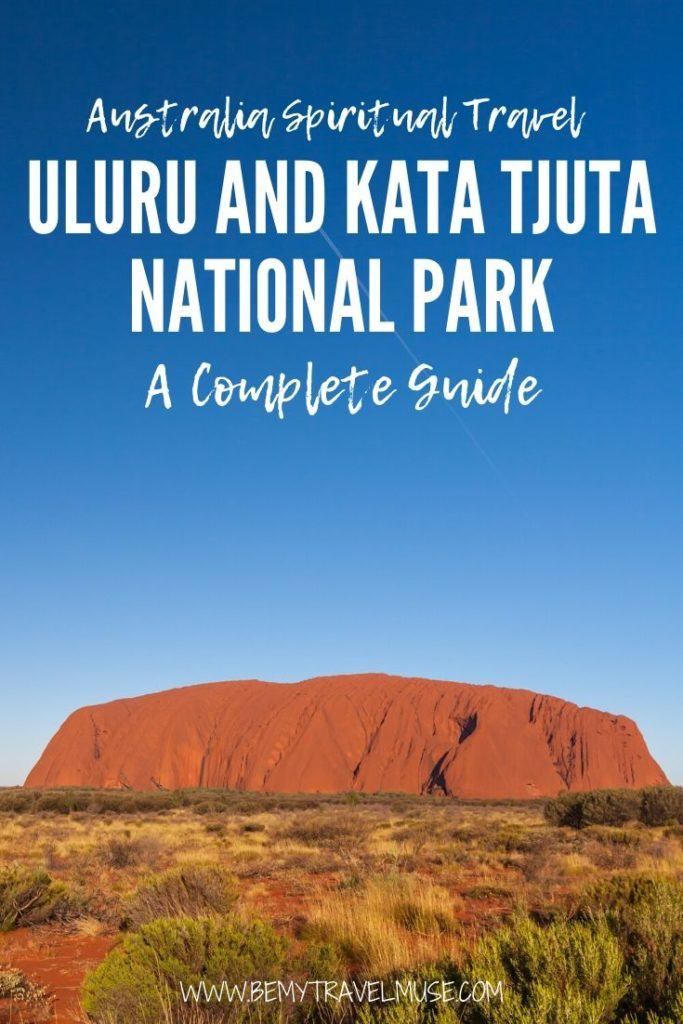
Visiting Uluru-Kata Tjuta National Park in Northern Territory is or should be a rite of passage for every Australian. It is a true outback adventure, filled with beautiful landscapes, culturally important landmarks, and huge significance to this country.
But it was always something I had put off doing.
I’ve always thought that visiting places in my own ‘backyard’ would be something I would do later in life. There was after all, this thing called ‘the rest of the world’ to explore. Yet there was something calling me to Uluru over the last few years. So I needed to answer that call and head off on an adventure exploring the heart of this Great Southern Land.
What is Uluru and Kata Tjuta?
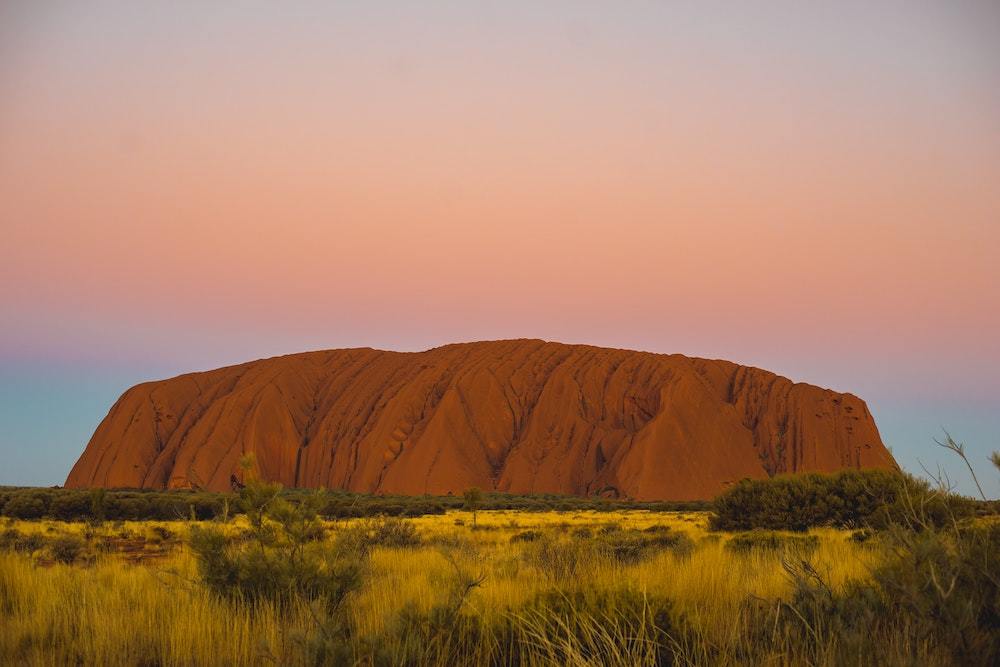
Uluru is a large sandstone rock formation in the southern part of the Northern Territory, Central Australia. It is believed that at least 2.5kms of Uluru lies under the earth’s surface. Kata Tjuta is a series of 36 domes composed of sedimentary rock and covers an area of approximately 22kms. Both are located in the Uluru-Kata Tjuta National Park. The park was included on the UNESCO World Heritage List in 1987.
Dramatically rising high into the sky from the red dirt, Uluru and Kata Tjuta are two of the most iconic natural images associated with Australia. It’s a photographer’s dream and a trekker’s outback paradise.
While the area is hugely important to Australia from a tourism perspective, the Uluru-Kata Tjuta National Park is also of huge significance to the cultural, historical, spiritual, and geological story of Australia.
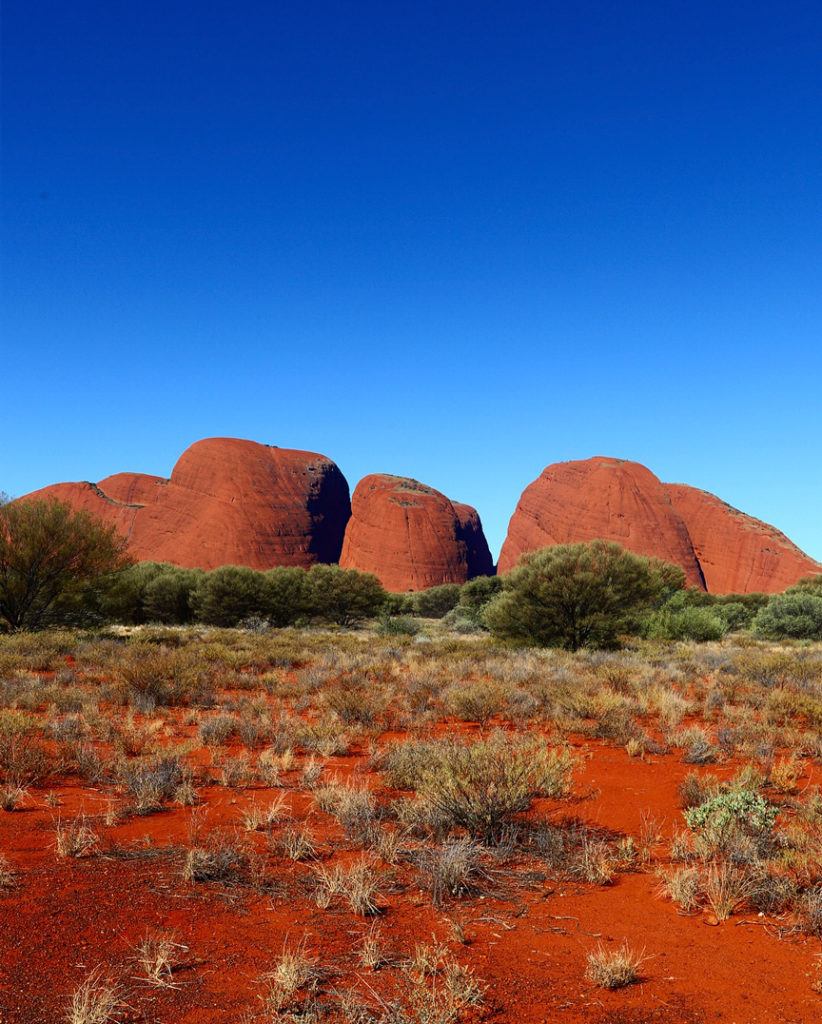
The History of Uluru and Kata Tjuta
Formed over 600 million years ago, the Uluru-Kata Tjuta National Park has been inhabited by the Anangu people for thousands upon thousands of years. The Anangu people form part of indigenous Australia whom are considered to be the oldest remaining community on earth.
Kata Tjuta was ‘discovered’ by European settlement in 1872. Uluru in 1873. Over the next 70 plus years the area became known as a tourist and camping area. In 1958 Uluru and Kata Tjuta were excised from the Petermann Aboriginal Reserve to be managed by the Northern Territory Reserves Board. It was renamed Ayers Rock-Mount Olga National Park.
Ownership and deed title was formally handed back to the Anangu people in 1985. The names were then changed to Uluru and Kata Tjuta. The campgrounds in the national park were closed and moved to Yulara, a purpose-built tourism town. The Anangu people now lease the national park out to Parks Australia for the purpose of co-management and tourism.
Most recently, October 2019 saw the closure of ‘the rock’ for climbing. A welcomed decision by indigenous communities and most Australians. The months leading up to the closure saw thousands of tourists partake in the climb daily. Even though there are signs upon entry to the rock base asking people to respect the wishes of the Anangu people by not climbing.
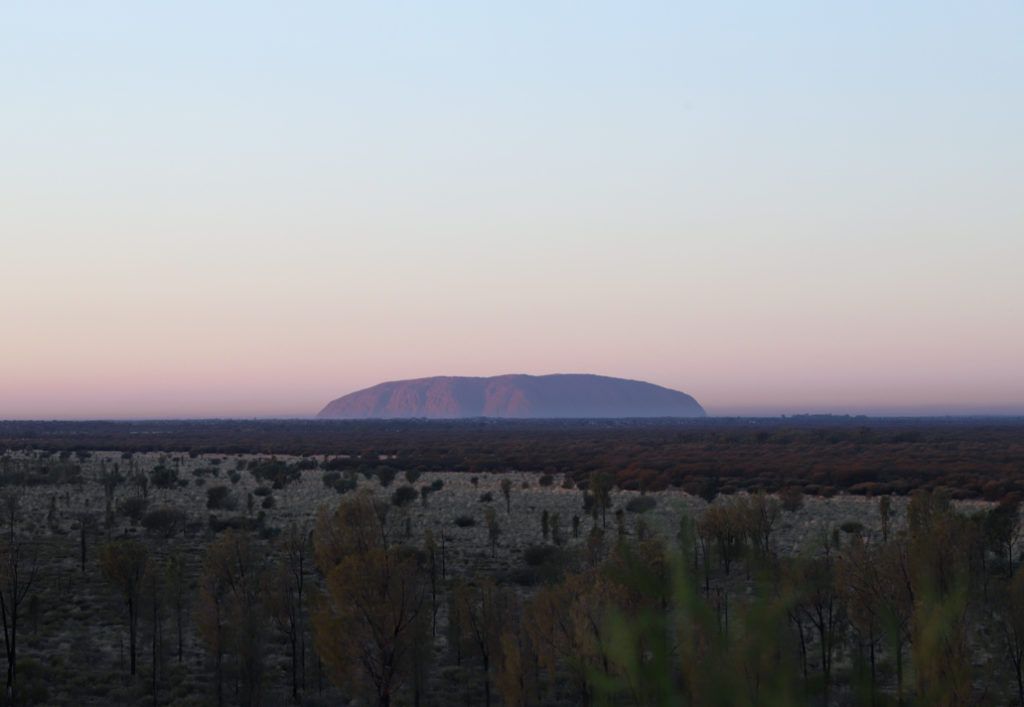
Why Can’t You Climb Uluru and Kata Tjuta Anymore
Uluru and Kata Tjuta are sacred sites of high cultural and spiritual importance to the Anangu people, being a part of The Dreaming; the story of creation. According to the Anangu, Uluru’s numerous caves, and markings were all formed by ancestral beings when land and people were created. Traditional customs and ceremonies still take place at both Uluru and Kata Tjuta to this day. Ceremony represents significant ties to land, country and ancestors for the Anangu.
It is also quite a dangerous walk. 37 people have died either climbing the rock or shortly afterwards.
Personally, there is no way that I would have attempted the climb. I am clumsy at the best of times; this would have just about done me in! The amount of death and injury is something that has weighed heavily on the Anangu. Safety of others is considered to be their personal responsibility.
With the closure, tourism is now catered towards other activities. There is so much more to do in the area where you don’t have to risk your life and disrespect an ancient culture. Like hiking and guided walks. So with that in mind, here are the best things to do in Uluru-Kata Tjuta National Park:
Uluru Base Walk
After viewing the ever changing colours of Uluru from a distance upon sunrise, I recommend heading to the national park to get an up-close glimpse of the rock.
To immerse myself in the stories of The Dreaming, I chose to do the walk with a guide. While you can do the walk solo, and many people do, the learning experience is so valuable and interesting.
The walk takes you around the base of Uluru. Visiting sacred sites, pausing to hear the ancient stories, and giving you the time to reflect and take in the beautiful and ever changing colours, nature and landscape.
You’ll also get to visit Mutitjulu Waterhole and see the purple markings on the rock of where waterfalls cascade down after big rains.
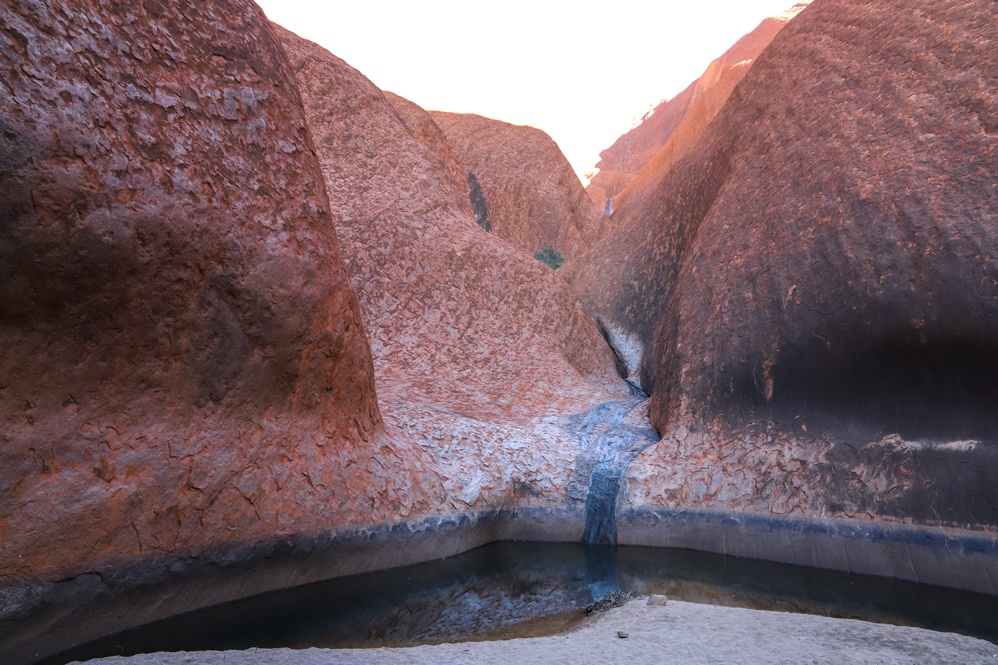
There are also caves that house rock art dating back so many years, it is hard to even comprehend.
Sadly in the 1950s ‘white man’ (an indigenous term for European settlers) began cleaning the artwork off the cave walls, ignorant of age or significance. While a lot of artwork was lost, some still remains, and it is such a fortunate experience to be able to see it.
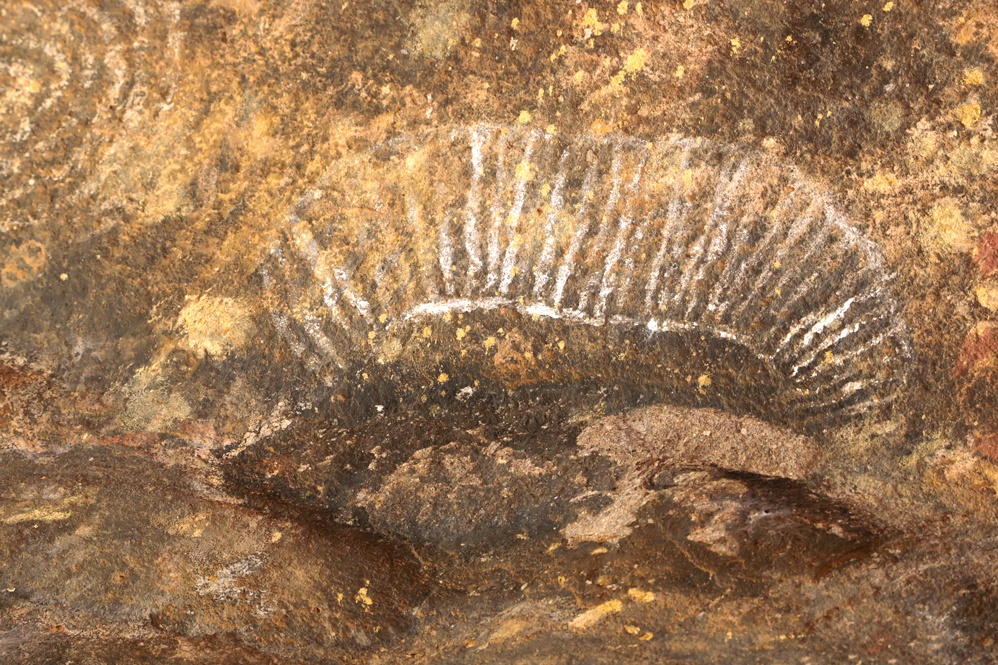
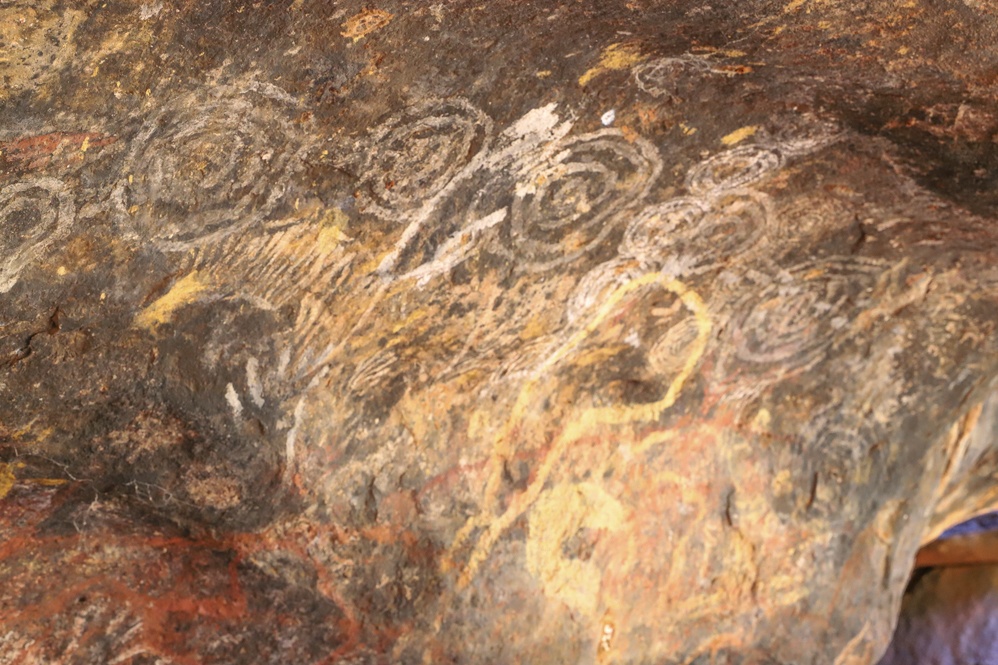
As far as intensity, the walk itself is not hard. The land is flat and easy to navigate. It is hot, so it is best to get out early to do the walk before the sun beats down and the temperature climbs. Certain times of the year the area is inundated with annoying flies. If you’re not too keen on them you’ll either need a fly net or, there is a natural cream you can purchase at the Ayers Rock Resort.
You finish off the base walk at the Cultural Centre where you can take in some of the many educational programs. You can also shop for locally made indigenous products and even watch some of the very talented local artists painting.
You’ll need to get a national park pass if going solo, which can be done and paid for as you drive through the gates of the National Park. If you are with a guide, this will be a part of their fee.
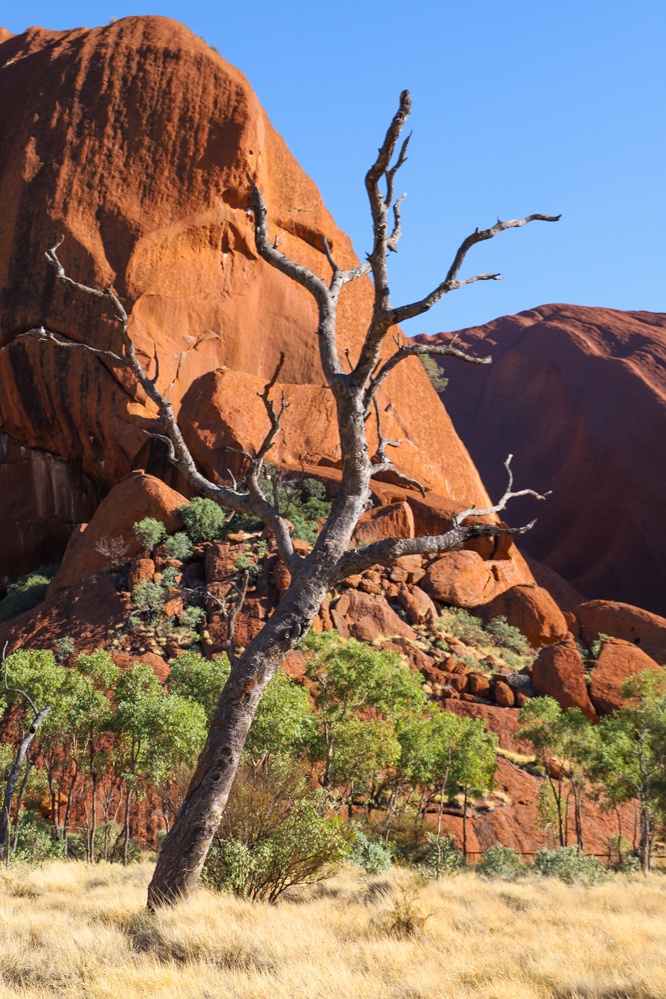
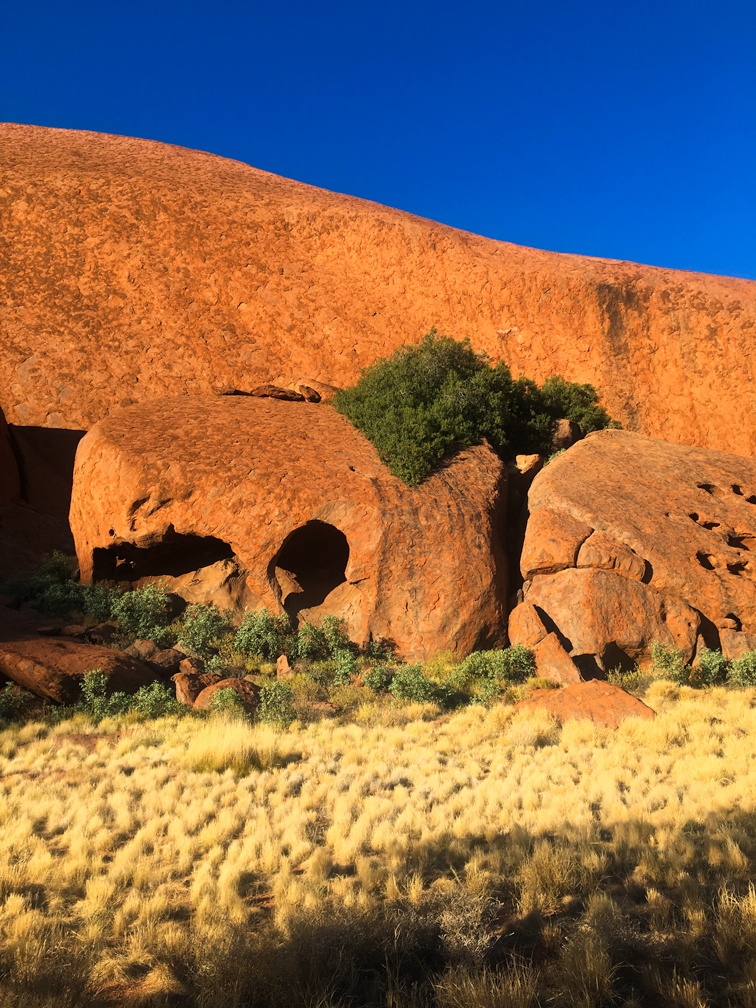
Traipsing through Kata Tjuta
Standing taller than Uluru, Kata Tjuta is about a 40-minute drive from the Ayers Rock Resort. Lesser known and more mysterious than its famous neighbour, Kata Tjuta is not often talked about from a tourist perspective. Simply because the locals want to keep this site sacred. It holds a lot of value to the locals as it is the site of ‘sacred men’s business’ or ceremony.
Again, I chose to do this walk with a guide and this tour starts at a viewing point a few kilometers away. This is the place that offers the best full view of Kata Tjuta. It is a perfect photo opportunity where you get such a contrast of the red dirt, the huge valleys, mammoth rocks and that vast blue sky.
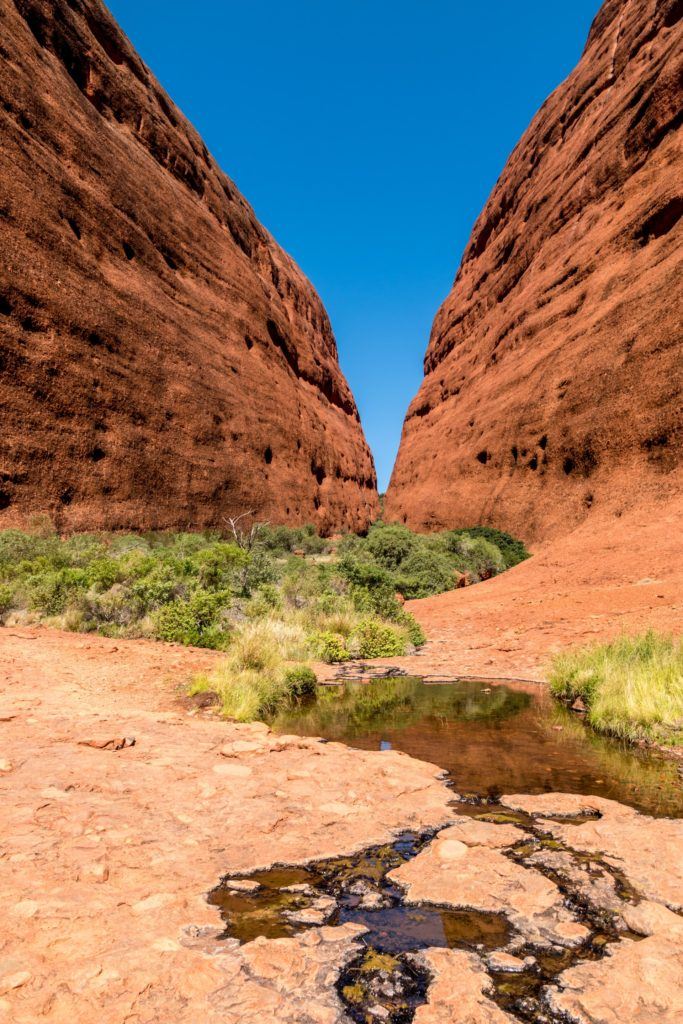
Starting at the entrance of the Valley of the Winds, the walk takes you approximately 30 minutes to get to the other side. It is an arduous walk, harder on the legs and feet as you are walking over rocks and an unmaintained foot path, where there is one. While not dangerous, if you are clumsy (like me) it is best to take your time.
Once through to the other end you are greeted with a viewing area and a still water natural pool, that looks like glass and is another perfect photo opportunity. On the way back to the tour bus, the guide allows you time to stop and be by yourself to take it all in because there is something truly special about the place.
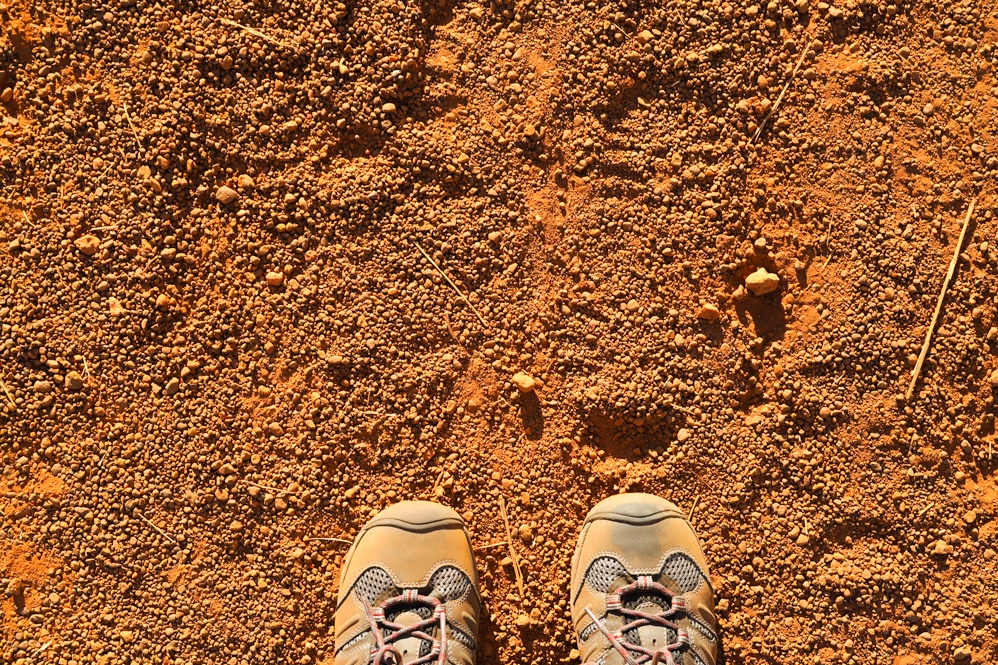
Other Things to Do
There’s an abundance of options nearby to check out. This list includes a few of the numerous possibilities:
- Dinner at the Sounds of Silence
- Field of Light
- Watch the sunrise & sunset at Talinguru Nyakunytjaku
- Night sky gazing
- Camel rides
- Cultural Centre
- Helicopter or small plane rides over Uluru and Kata Tjuta
- Segway tours
- Learn about indigenous cooking
- Maruku Arts dot painting workshop
- Cycle around Uluru
- Visit galleries
- Kings Canyon
How to Get to Uluru-Kata Tjuta National Park
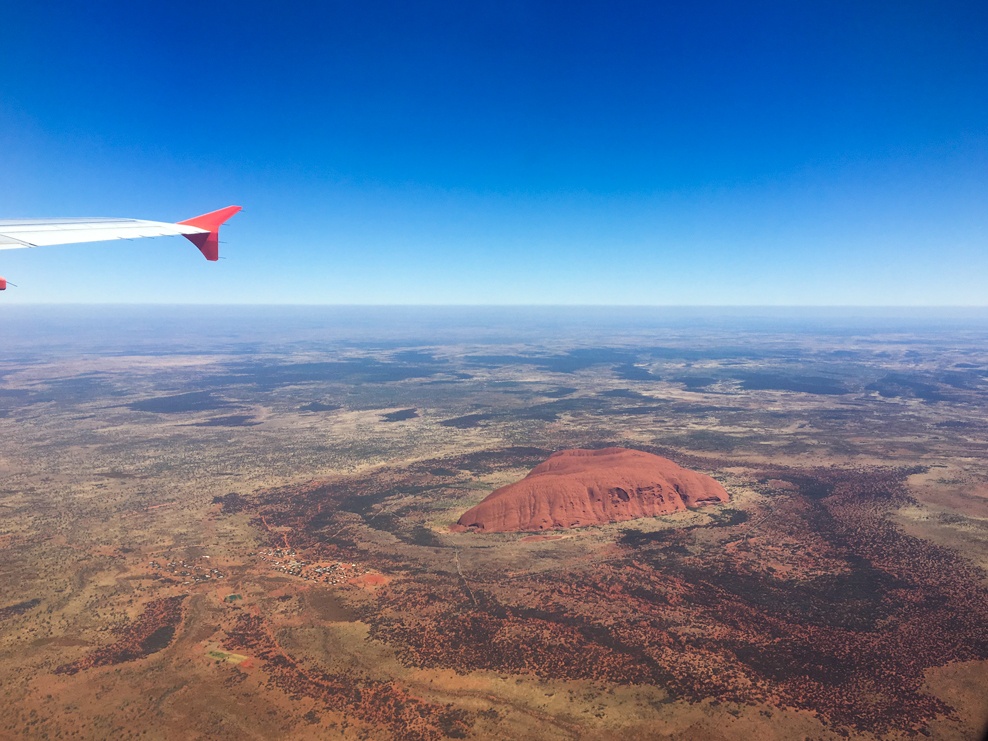
Getting to Uluru can be a long or short journey depending on how you do it. You can fly directly to Yulara (Jetstar and Virgin fly direct from many domestic airports). You can also fly to Alice Springs and drive 460kms to Uluru, or driving from anywhere in Australia, which can take days.
Where to stay
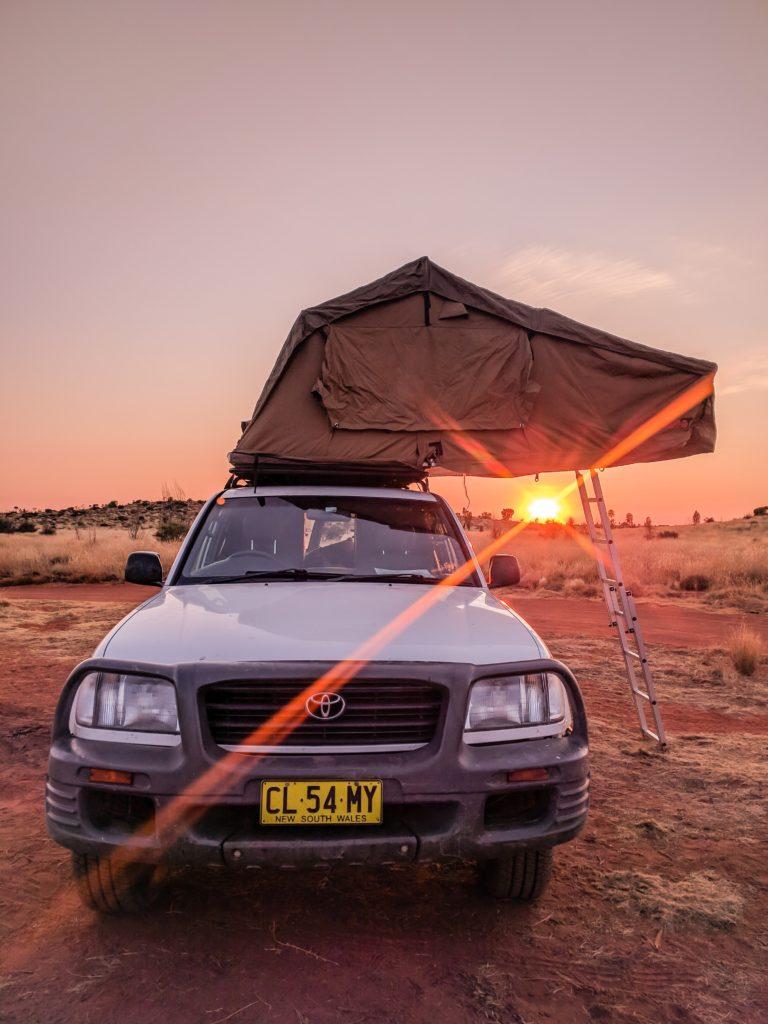
- Budget: Ayers Rock Camping Ground, Outback Pioneer Lodge
- Mid-range: Outback Pioneer Hotel, Emu Walk Apartments
- Luxury: Desert Gardens Hotel, Sails in the Desert
What to Bring
- Wide-brimmed hat
- Sunscreen (even in winter)
- Hiking shoes or runners (leave heavy hiking boots at home)
- A camera or your phone.
When to go
With often searing heat in summer and sometimes below-freezing overnight temperatures during winter, the weather at Uluru can be extreme.
The best time to visit is during the shoulder seasons – March to May and October to the end of November.
The Wind Cries Mary: A Moment of Healing
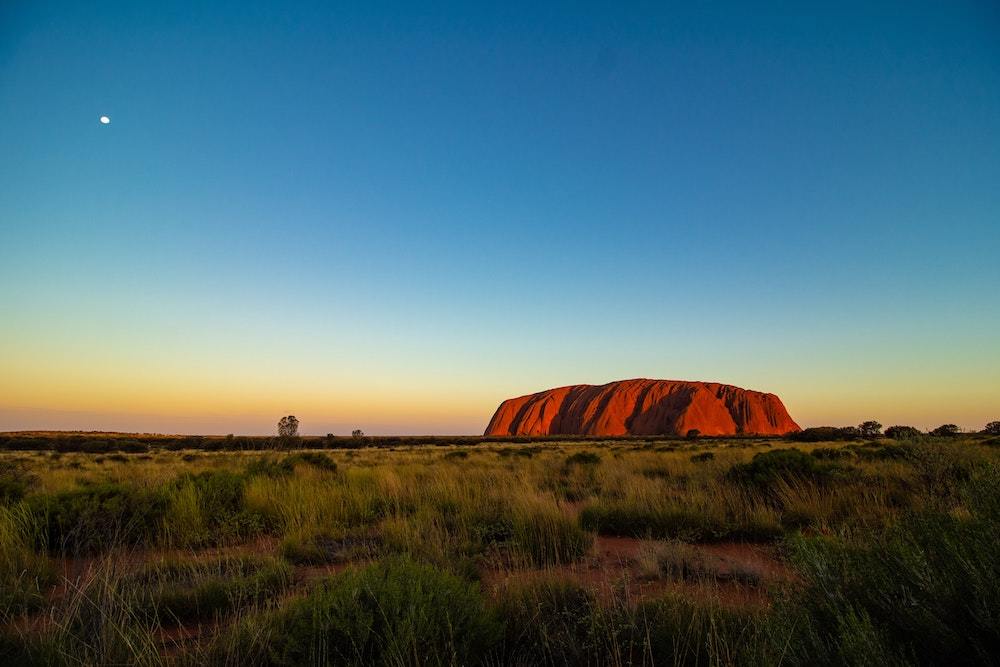
The time I visited was approximately 2 months after I lost my mother Mary to ovarian cancer. I was quite an emotional mess and my heart was shattered. I knew that coming to Uluru was something I needed to do in order to heal. It was as if my soul needed to be there, to connect to the earth, to country, to ancestors. To try and find some kind of peace with my mum’s journey.
It wasn’t until I had that alone time at Kata Tjuta that the emotions and heartache started to surface. I sat on that ledge, sobbing, trying to breathe through my grief when suddenly, the sound of this almighty roar came from off into the distance. I could hear it coming towards me, I could see the leaves of the trees rustling as the sound moved up the valley. It got closer and closer until I could feel the wind circle me, embracing me with its comforting warmth. And then it was gone. Just like that. But somehow, my heart felt a little lighter. I could breathe. I felt love, I felt my mum was with me. With the sound and presence of the wind she was helping me through my grief.
To me it was the beginning of a long process of healing. And for that I am forever grateful for my Kata Tjuta experience. I have since spoken to a few friends who have done the Kata Tjuta walk and every single person has talked about this weird feeling you get when you’re there. Like it’s a natural vortex of spirituality and healing. Never would I have ever thought I would experience something like this in my own country.
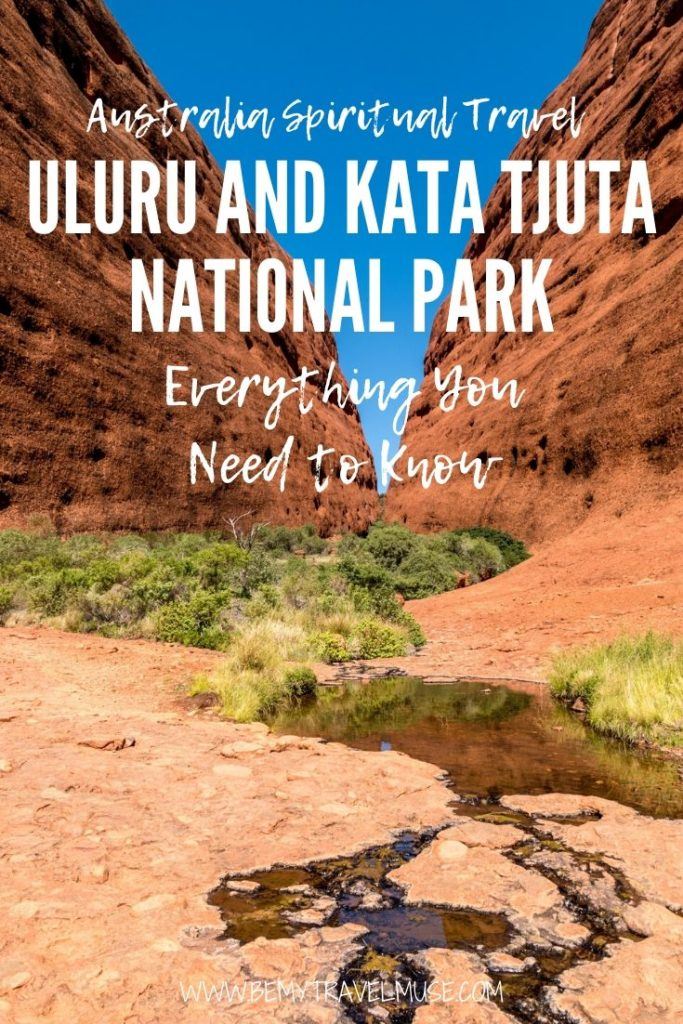
My trip to Uluru and Kata Tjuta was for four days. That was nowhere near enough time to truly immerse myself in learning more about the area and its people. With the experience that I had and the healing properties of the area, I most definitely will be going back. Next time I will take a lot more time out to take it slow and meet some of the indigenous community.
I really didn’t expect to fall in love with the Uluru and Kata Tjuta area. But I did. It is one of those places that you have on your bucket list but something else would always take its place. When you put into perspective the meaning of Uluru and Kata Tjuta to the local community. The magnitude of its spiritual connection to land and spirit, has left me wanting to learn more about ancient indigenous culture, wisdoms and healing.
With all my years of travel I don’t know if I have ever been to a place where I have felt such connection to people, land and spirit. Uluru gave me all that and so much more. And because of this it helped me through the hardest time in my life. To me my time there was an adventure of spirit and discovering how travel and nature can help to heal.
About the Author: Shae Isaac is travel writer and photographer at The Bright Eyed Explorer. Hailing from Melbourne, Australia, her passion for travel started as a young child when her family moved from their hometown in Victoria to a remote community in Western Australia. Shae has been travelling locally and all over the world ever since. Her travel blog focuses mostly on solo female travel in your 40’s combining her love of music, art, alternative culture, food, wine, strong coffee and cheese! You can connect with Shae via her Blog or Instagram.
Leave a Reply